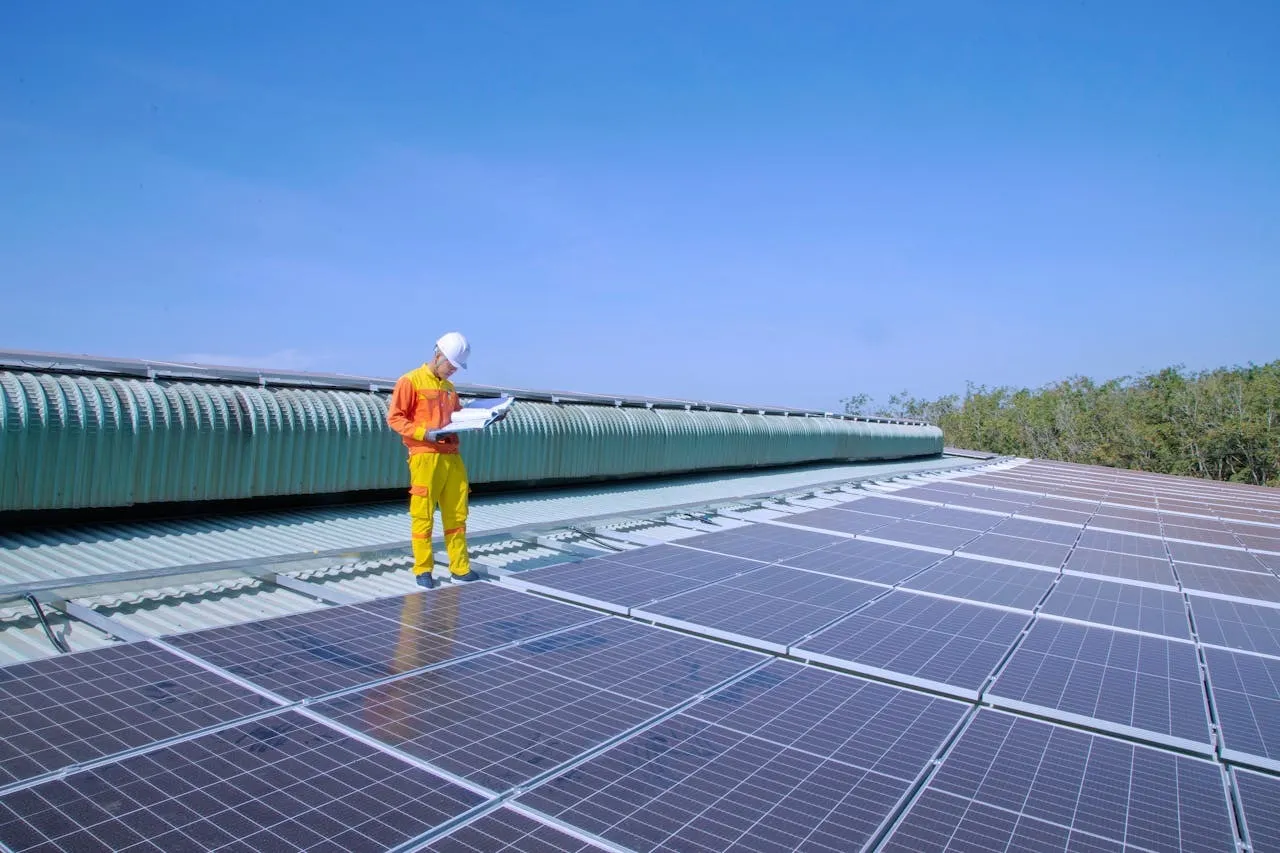
Boeing Advances Space Manufacturing with Breakthrough 3D-Printed Solar Array Substrates
Boeing has taken a significant step forward in space technology by unveiling an advanced 3D-printed solar array substrate. This innovation has the potential to transform the way solar arrays are manufactured for satellites, cutting composite build times by as much as six months. On a typical solar array wing program, Boeing’s new method represents a production improvement of up to 50% compared with conventional cycle times, signaling a breakthrough in efficiency and capability.
The company has already advanced the hardware through engineering testing with flight-representative components. These are currently progressing through Boeing’s standard qualification process in preparation for deployment on customer missions. According to Boeing, the speed at which power can be generated and integrated sets the pace of an entire mission.
Michelle Parker, vice president of Boeing Space Mission Systems, emphasized how this innovation aligns with Boeing’s long-standing pursuit of efficiency:
“Power sets the pace of a mission. We reached across our enterprise to introduce efficiencies and novel technologies to set a more rapid pace. By integrating Boeing’s additive manufacturing expertise with Spectrolab’s high-efficiency solar technology and Millennium’s high-rate production line, our Space Mission Systems team is turning production speed into a capability, helping customers field resilient constellations faster.”
Integrating Expertise Across Subsidiaries
The first 3D-printed solar arrays will use Spectrolab’s solar cells and will be deployed on small satellites developed by Millennium Space Systems. Both Spectrolab and Millennium are Boeing subsidiaries, operating under the company’s Space Mission Systems division. The collaboration brings together unique capabilities—Spectrolab’s high-efficiency solar technologies, Millennium’s rapid small-satellite production, and Boeing’s leadership in additive manufacturing—to create an optimized solution for customers.
Unlike traditional approaches, Boeing’s process allows for the parallel building of a complete solar array. By pairing a rigid, 3D-printed substrate with flight-proven modular solar technology, the company has found a way to compress schedules without sacrificing quality or performance.
Streamlining Complex Designs with Additive Manufacturing
One of the most impactful aspects of this development is the ability to print features directly into the panel structure. Harness paths, attachment points, and other structural details that previously required dozens of separate parts, tooling processes, and bonding steps can now be integrated directly into one strong, precise piece. This results in faster production, reduced complexity, and simplified integration.
This new capability is built on Boeing’s extensive experience in additive manufacturing, drawing on already qualified, flight-proven materials and processes. Melissa Orme, vice president of Materials & Structures within Boeing Technology Innovation, highlighted the broader impact of scaling additive techniques across the enterprise:
“As we scale additive manufacturing across Boeing, we’re not just taking time and cost out, we’re putting performance in. By pairing qualified materials with a common digital thread and high-rate production, we can lighten structures, craft novel designs, and repeat success across programs. That’s the point of enterprise additive—it delivers better parts today and the capacity to build many more of them tomorrow.”
A Growing Portfolio of Additive Applications
Boeing has been steadily increasing its use of additive manufacturing across multiple programs. To date, the company has produced more than 150,000 3D-printed parts for its aerospace and space systems. These parts have delivered substantial benefits in schedule, cost, and performance. For example, each Wideband Global SATCOM (WGS) satellite currently in production incorporates over 1,000 3D-printed radio-frequency components. Additionally, Boeing has developed multiple small-satellite product lines where the primary structures are fully manufactured using 3D printing.
Scaling for the Future
The newly developed solar array approach is designed with scalability in mind. It can be applied across different spacecraft sizes—from small satellites to larger platforms such as the Boeing 702-class spacecraft. Boeing has targeted 2026 as the market availability date for this technology, giving satellite operators an accelerated timeline to access these advanced solar solutions.
By printing the structure of the panels and integrating built-in features, Boeing is also able to synchronize the manufacturing of the substrate with solar cell production. This concurrent build approach, when paired with robot-assisted assembly and automated inspections at Spectrolab, further reduces manual handoffs, increases consistency, and shortens schedules. The combination of robotics, automation, and additive design demonstrates how Boeing is applying digital manufacturing to meet the growing demands of the space sector.
A Broader Vision for Aerospace Innovation
Boeing’s work on 3D-printed solar arrays underscores the company’s role as a leading innovator in aerospace. As a top U.S. exporter and one of the world’s largest aerospace companies, Boeing develops, manufactures, and services commercial airplanes, defense products, and space systems for customers in over 150 countries. Its extensive workforce and supplier base contribute not only to technological advancement but also to economic opportunity and sustainability across the globe.
Central to Boeing’s approach is a commitment to its core values: safety, quality, and integrity. By applying these principles to cutting-edge areas like additive manufacturing and space power systems, Boeing is preparing to support the next generation of satellite constellations and spacecraft.
The introduction of 3D-printed solar array substrates represents more than just a technical achievement—it marks a shift in how quickly and efficiently new capabilities can be brought to market. As space systems continue to grow in importance for communications, defense, and scientific exploration, Boeing’s innovations are poised to help customers deploy resilient platforms faster and more cost-effectively than ever before.




